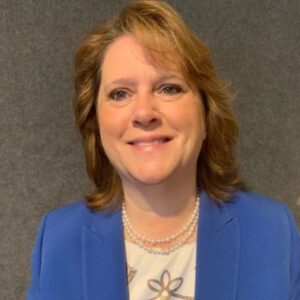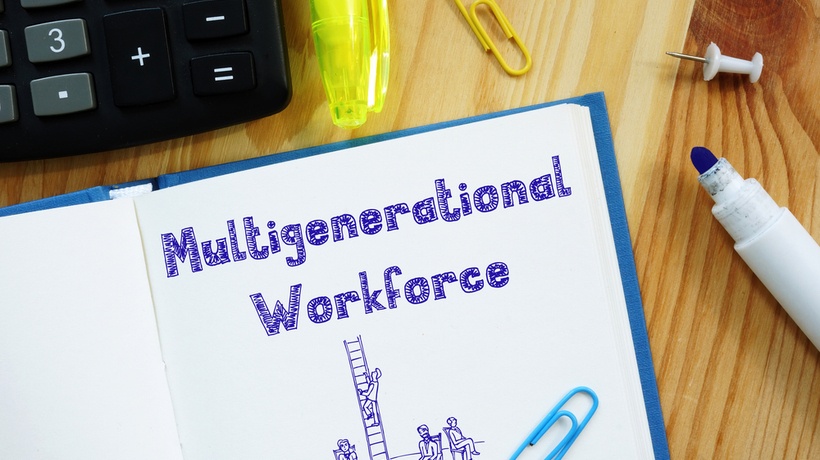Maximizing The Potential Of A Multigenerational Workplace
In today's workforce, it is increasingly common to have a multigenerational workplace where employees from different age groups collaborate and contribute their unique perspectives. While this diversity can be a valuable asset, it also presents challenges in terms of communication, collaboration, and overall productivity. To optimize a multigenerational workplace, organizations can implement three key tactics: fostering a culture of inclusivity, promoting knowledge sharing, and providing targeted training and development opportunities.
Foster A Culture Of Inclusivity
First and foremost, fostering a culture of inclusivity is essential for optimizing a multigenerational workplace. Each generation brings its own set of values, work styles, and communication preferences. Creating an environment where everyone feels valued and respected, regardless of age, is crucial. This can be achieved by encouraging open dialogue, actively listening to different perspectives, and promoting collaboration across generational lines. Creating a culture of inclusivity is the foundation for building a harmonious and productive multigenerational workplace. It involves valuing and respecting the perspectives, experiences, and contributions of employees from all age groups. As an L&D professional, you will need to establish channels for open communication where employees feel comfortable expressing their opinions and concerns.
Additionally, you will have to encourage cross-generational discussions and ensure that everyone's voice is heard, creating opportunities for employees from different generations to work together on projects and initiatives. Collaborative tasks and team-building activities can help break down barriers and foster understanding among team members. Recognizing and celebrating the diversity within the multigenerational workforce is also critical. This can be done through diversity and inclusion initiatives, employee resource groups, and cultural events that showcase the different perspectives and traditions of each generation.
As an L&D leader, you play a crucial role in fostering an inclusive culture. You will need to demonstrate inclusive behavior, actively seek input from employees of all ages, and promote a sense of belonging and respect throughout the organization. To foster inclusivity, organizations should encourage cross-generational mentorship programs where experienced employees can share their knowledge and wisdom with younger colleagues and vice versa. By leveraging the strengths and experiences of each generation, companies can create a supportive environment that encourages mutual learning and growth.
Promote Knowledge Cross-Pollination
Organizations can establish cross-generational teams or project groups to encourage knowledge exchange and collaboration. By pairing employees from different generations on projects, individuals can learn from one another, capitalize on their respective strengths, and bridge the generation gap. This approach fosters a culture of continuous learning and helps employees stay up-to-date with the latest trends and technologies. Promoting knowledge sharing is a vital tactic for optimizing a multigenerational workplace. Each generation possesses unique skills and experiences that can benefit the organization as a whole. Encouraging employees to share their knowledge, whether through formal training programs, informal discussions, or online collaboration platforms, can lead to increased innovation and improved problem-solving capabilities.
One of the key advantages of a multigenerational workforce is the wide range of skills and experiences it brings. Organizations can leverage this diversity by promoting knowledge sharing among employees through cross-generational mentorship and collaboration platforms. As a Learning and Development professional, you will need to establish formal or informal mentorship programs that pair employees from different generations. Older employees can share their expertise and industry knowledge, while younger employees can provide fresh perspectives and insights on emerging trends and technologies.
To establish collaboration opportunities, you will need to use digital platforms that facilitate knowledge sharing and collaboration across the organization. These platforms can include discussion forums, knowledge bases, or project management tools that encourage employees to share ideas, ask questions, and collaborate across generational lines. Organizations can establish cross-generational teams or project groups to promote knowledge exchange and collaboration. By pairing employees from different generations on projects, individuals can learn from one another, capitalize on their respective strengths, and bridge the generation gap. This approach fosters a culture of continuous learning and helps employees stay up-to-date with the latest trends and technologies.
Offer Targeted Learning Opportunities
Providing targeted training and development opportunities is crucial for optimizing a multigenerational workplace. Different generations may have varying skill sets and technological competencies. To bridge this gap, organizations should invest in training programs that address the specific needs of each generation. For older employees, providing training in new technologies and digital skills can help them adapt to the evolving work landscape.
On the other hand, younger employees can benefit from mentorship programs or leadership development initiatives that focus on building interpersonal skills and managerial capabilities. By tailoring training and development initiatives to the specific needs of each generation, organizations can ensure that all employees have access to the resources and opportunities necessary for their professional growth. Such targeted learning opportunities include assessing the various generations' skill gaps, digital literacy training, leadership development, and reverse mentoring. Conduct assessments or surveys to identify the specific skills and competencies that may be lacking in each generation. This can help inform the design and delivery of training programs tailored to address those gaps.
You can also provide digital literacy training that focuses on digital and emerging technologies. This is particularly important for older employees who may need support in adapting to new tools, software, or digital workflows. Younger employees can benefit from programs that focus on leadership skills, while older employees can participate in succession planning and knowledge transfer initiatives. Reverse mentoring is crucial and has been proven successful: younger employees mentor more senior colleagues in areas such as technology or social media, whereas older employees provide coaching on the job and mentoring about career growth. This allows for the transfer of skills and knowledge across generations and promotes mutual learning and development.
Conclusion
Optimizing a multigenerational workplace requires organizations to implement three key tactics: fostering a culture of inclusivity, promoting knowledge sharing, and providing targeted training and development opportunities. By creating an environment where every generation feels valued and respected, organizations can harness the collective wisdom and strengths of their diverse workforce. Encouraging knowledge sharing and collaboration across generational lines enhances innovation and problem-solving capabilities. Furthermore, investing in targeted training programs ensures that employees from different generations have the necessary skills to thrive in an ever-changing work landscape. By embracing these tactics, organizations can unlock the full potential of a multigenerational workforce and achieve sustainable success.









